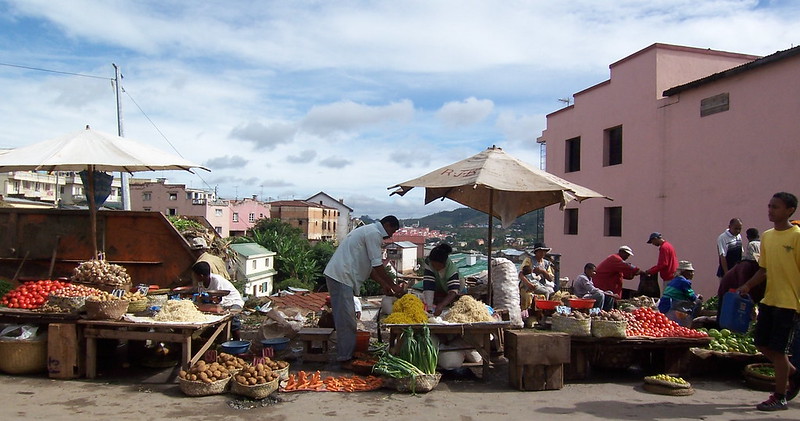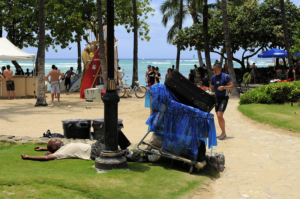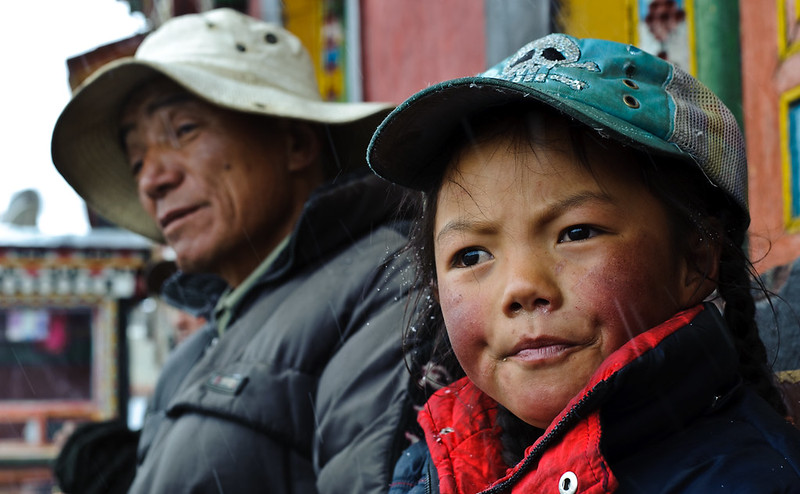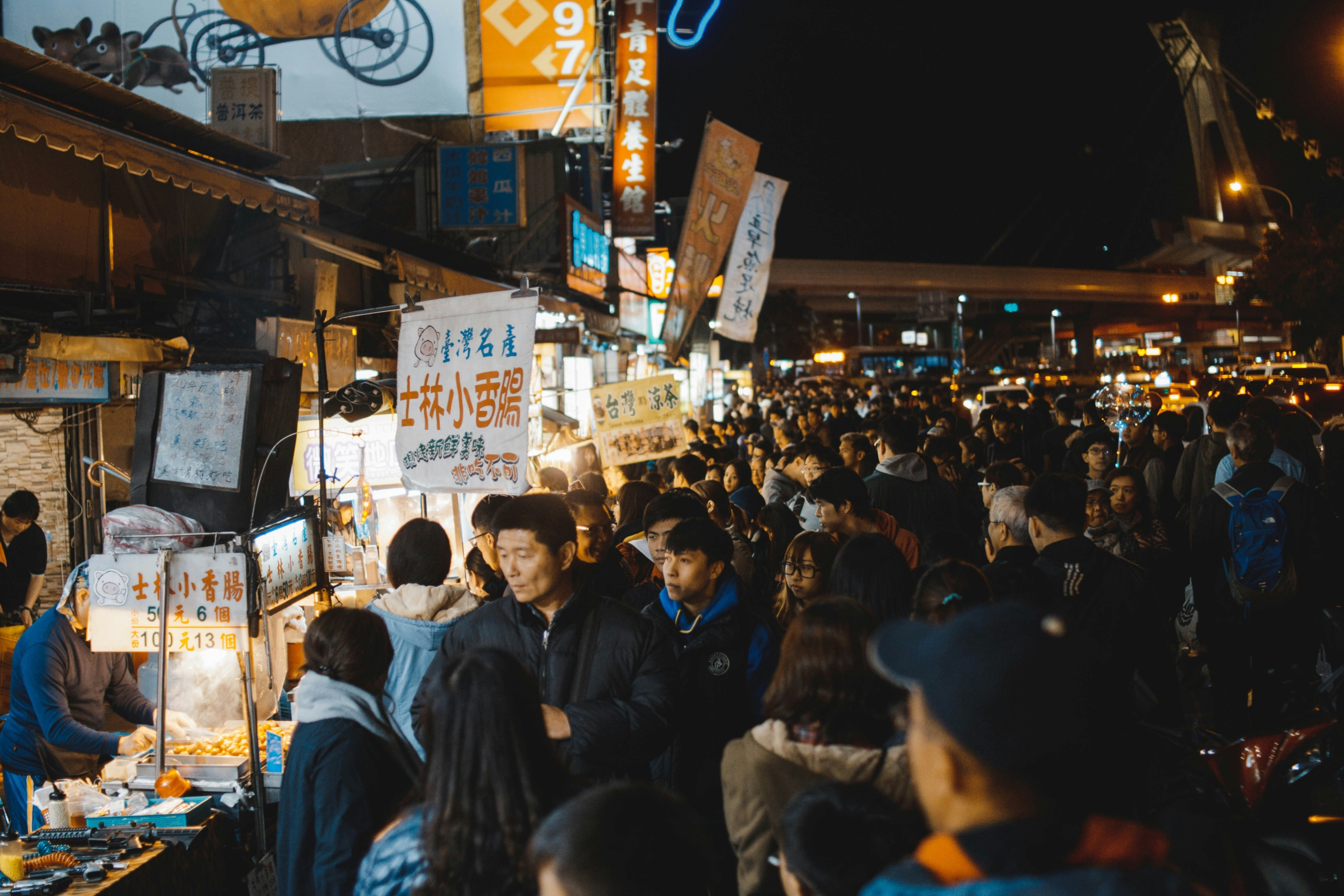 After Colombian voters rejected the Peace Agreement Referendum in 2016, billed as the final effort to establish lasting peace between the government and extremist gangs and guerrilla movements, several groups declared conditional ceasefires. These ceasefires have partially alleviated violence against civilian populations. Poverty in Colombia remains a pressing issue amid these challenges.
After Colombian voters rejected the Peace Agreement Referendum in 2016, billed as the final effort to establish lasting peace between the government and extremist gangs and guerrilla movements, several groups declared conditional ceasefires. These ceasefires have partially alleviated violence against civilian populations. Poverty in Colombia remains a pressing issue amid these challenges.
Impact of Conflict on Poverty and Infrastructure
By 2030, more than 60% of individuals experiencing extreme poverty will reside in fragile conflict zones. In these areas, violent conflicts harm people and destroy essential infrastructure, housing and food systems, potentially leading to severe human disasters. Such events consistently trigger significant regional economic disruptions that can lead to widespread unemployment and food crises. The United Nations (U.N.) emphasizes that peace is not merely a goal but a necessary precursor to development. Several relief organizations are actively responding to disasters stemming directly from conflicts, which underscores the vital role of peace in development.
Challenges in Peace Implementation
Peace development in areas lacking legitimate treaties to cease violence often remains under the control of local militia and military leaders. Colombia is actively implementing the initially failed treaty and, as of 2021, had completed 23% of the implementation process. Despite this, significant progress remains elusive; the budget proposed nearly 15 years ago is now considered insufficient, and efforts to advance rural land development have stalled.
Environmental and Agricultural Challenges
Colombia is facing a significant increase in desertification, a situation worsened by the country’s long-standing political violence. This has led to a considerable loss of essential forest land and has left rural farmland riddled with environmental and human hazards. A specific man-made danger involves the undocumented landmines scattered across the Colombian countryside. Research indicates that peace in Colombia has shielded rural civilians from becoming collateral victims of environmental warfare.
Beyond the impact of anonymous landmine placements and targeted violence by local militia groups against rural farmers, Colombian farmers have become significantly less productive. This decrease in productivity has led to rising food prices, further poverty in Colombia and increased urban contention. The situation has worsened as large numbers of rural Colombians have started migrating to cities and urban centers, seeking to escape the violence that pervades the countryside.
The Road to Peaceful Development
As peace has gradually taken hold, most plans for rural areas focus on repopulating the countryside and boosting agricultural production. The International Center for Tropical Agriculture has developed a policy to establish sustainable land use systems in rural Colombia, aiming to build a more sustainable agricultural sector. However, despite the implementation of several policies and programs to redevelop the land, violence against environmental activists increased between 2010 and 2019. This violence has disrupted environmental program implementation and indicated that unofficial violence in these areas persists.
Among the initiatives from the original 2016 agreements, implementing programs to rebuild the fragmented landscape of the Colombian countryside has proved challenging due to ongoing violence against activists from local factions. Colombia exemplifies why peace is essential for sustainable development; merely stopping violence is insufficient. Although the 2016 agreements mark a significant step forward, the implementation process—intended to rebuild in the wake of peace—is being obstructed by violence and targeted attacks on both civilians and activists.
Looking Ahead
Efforts to rebuild Colombia’s rural areas face significant challenges due to ongoing violence and threats against environmental activists. Despite the 2016 peace agreements, progress has been slow, with only 23% of the implementation process completed by 2021. Poverty in Colombia remains a pressing issue, exacerbated by the continued violence that hinders sustainable development, particularly in agriculture. This situation underscores the critical need for effective peacebuilding to achieve long-term stability and economic growth in the country.
– Jamie Sackett
Jamie is based in Hutto, TX, USA and focuses on Global Health and Politics for The Borgen Project.
Photo: Flickr



 Madagascar, the world’s fifth-largest island, faces significant challenges with an estimated 80% of its
Madagascar, the world’s fifth-largest island, faces significant challenges with an estimated 80% of its  Since 2019, the Cambodian government, with support from international partners, has aimed to enhance local maternal and child health and nutrition services through the Cambodia Nutrition Project. This initiative, crucial for the nation’s future, benefits from
Since 2019, the Cambodian government, with support from international partners, has aimed to enhance local maternal and child health and nutrition services through the Cambodia Nutrition Project. This initiative, crucial for the nation’s future, benefits from  Recent initiatives in Hawaii have improved poverty reduction through legislative measures and community-driven programs. These efforts are not only aimed at providing immediate relief but also focus on sustainable solutions to assist vulnerable populations across the state.
Recent initiatives in Hawaii have improved poverty reduction through legislative measures and community-driven programs. These efforts are not only aimed at providing immediate relief but also focus on sustainable solutions to assist vulnerable populations across the state. Tibet, known as the “
Tibet, known as the “

